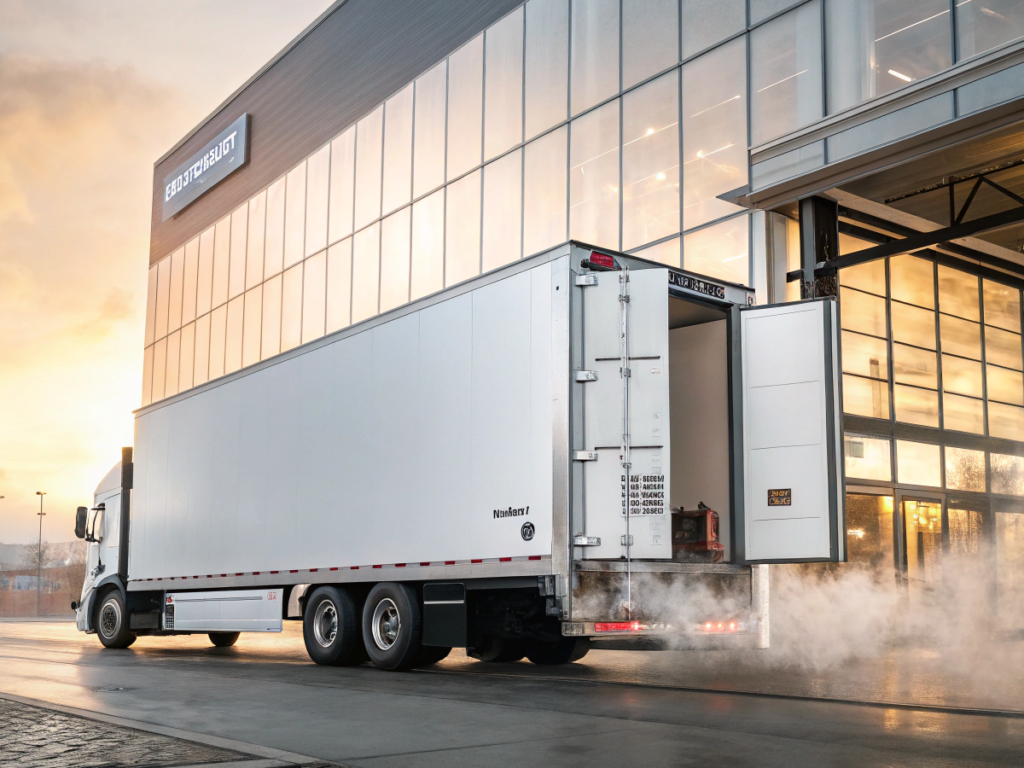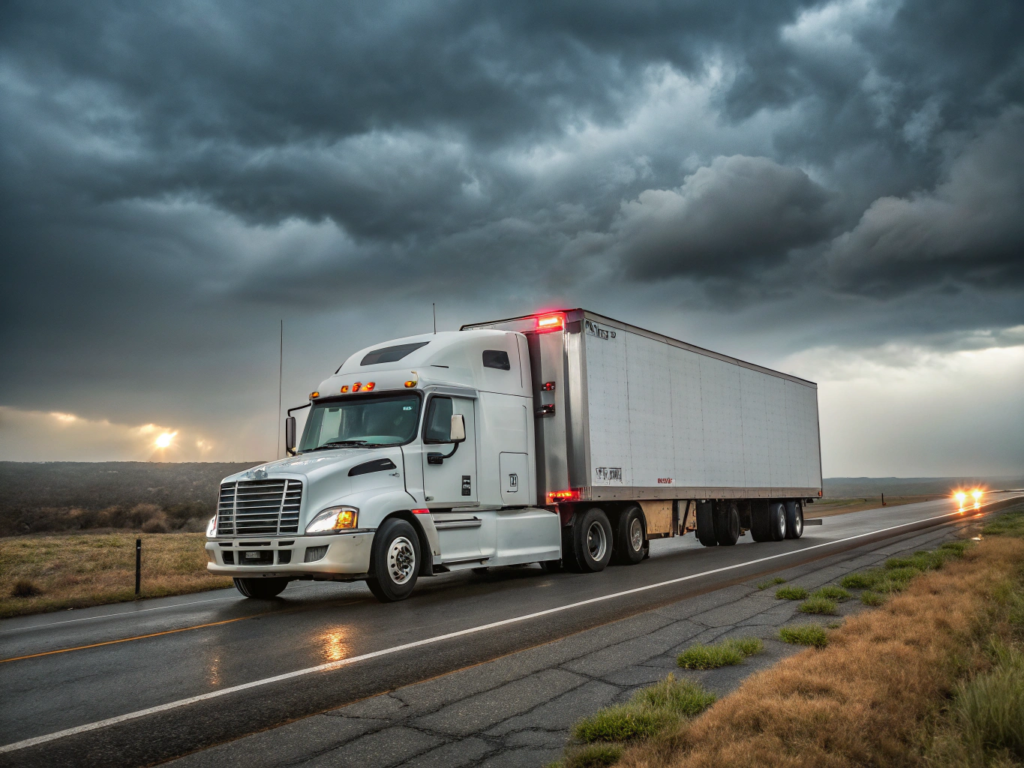
No-starts and breakdowns are rarely “random.” A bad fuel solenoid gives off signs — we just have to catch them early.
Common early signs include: cranking with no start, RPM fluctuation, sudden engine shutdown, fuel leaks, or rising fuel costs — especially on units running long hours.
I missed these once. A trailer full of strawberries spoiled in July heat. Since then, I never ignore these warning signs again.
Why does the reefer crank but won’t start — even with fuel?
That slow, dragging crank is frustrating. But it’s often not the starter — it’s fuel blockage.
A sticky or worn solenoid valve fails to open, which blocks fuel from reaching the injector. No fuel = no start.

Real story: "Cranks like crazy, never fires"
A customer in Texas called: "We've replaced filters and batteries — still won't start." We swapped in a fresh solenoid, and boom — fired up on the first turn.
How to spot it:
| Symptom | What it suggests |
|---|---|
| Cranks, no ignition | Valve stuck or weak coil |
| Starts, then stalls quickly | Partial opening, low pressure |
| Clicking but no fuel sound | Coil not energizing |
💡 Tip: Listen for a “click” when you turn the key — no click = solenoid not activating.
Why does the engine randomly surge or idle rough?
You’re not touching the throttle. But the engine speed keeps bouncing. Something’s wrong.
When a solenoid doesn’t fully seat or open smoothly, fuel flow becomes unstable — leading to RPM fluctuation.
Real story: RPM dance at idle
One Carrier unit would hunt RPM between 1100 and 1600 at idle. We swapped out the fuel solenoid — stable idle returned instantly.
How to spot it:
- Idle RPM fluctuates without load change
- Occasional sputter or uneven sound
- Trailer vibrates more than usual
| What you notice | What to check |
|---|---|
| RPM “waves” at idle | Sticky plunger in solenoid |
| Lag in throttle response | Delayed fuel delivery |
| Irregular combustion | Inconsistent solenoid timing |
🔧 Try this: Touch the solenoid casing after a long run — if it’s too hot to hold, it may be failing internally.
Why does the unit suddenly shut off mid-route?
There’s nothing worse than a unit that quits halfway through a route, with perishable cargo onboard.
Solenoids that overheat or short will cut fuel during operation — especially under high ambient temperatures.
Real story: Summer shutdowns in Phoenix
A fleet operator told me their reefers worked fine in the morning but died by 2 PM every day. We traced it to failing solenoids expanding in heat, jamming shut.
How to confirm:
| What happens | What it likely means |
|---|---|
| Unit shuts down hot | Coil expands, jams plunger |
| Runs cold, fails warm | Thermal failure in solenoid |
| Restarts after 15 mins | Cooldown resets fault |
🧊 Preventive tip: Replace solenoids every 12-18 months in hot-climate operations — especially with high idle hours.
Why is my fuel usage higher than usual?
Same loads, same routes — but your fuel spend creeps up.
A leaky solenoid lets fuel seep even when not needed. Or it may not close fully, causing rich combustion.
What to watch:
- Noticeable diesel smell around fuel system
- High idle consumption during downtime
- Fuel “return” line warm or pressurized
| What you observe | What it could mean |
|---|---|
| Diesel smell at rest | Valve leak / bad seal |
| Fuel in return line | Internal bypass in solenoid |
| Reduced mileage per trip | Fuel delivery not controlled |
📊 Best practice: Track fuel per engine hour. If it rises 10–15% over average, inspect the solenoid first.
Can I detect solenoid issues without opening the unit?
Yes. Many solenoid issues show up visually or by simple touch/listen checks.
Look for signs like rust, loose wires, fuel stains, or overheating — before you even get out the tools.
What I check during every routine PM:
| What you see | What it may indicate |
|---|---|
| Corrosion near connector | Moisture ingress / coil short |
| Burn marks on wiring | Overload or voltage spike |
| Fuel stain at base | Internal leak or cracked body |
🕵️♂️ Quick routine:
- Check for surface rust
- Smell for diesel
- Tap it — feel if it’s loose
- Listen for delayed click
If any two of these fail — it’s time to replace.
Conclusion
When fuel solenoids fail, they usually warn you first. Catching the signs early keeps your reefer units running and your customers happy.





